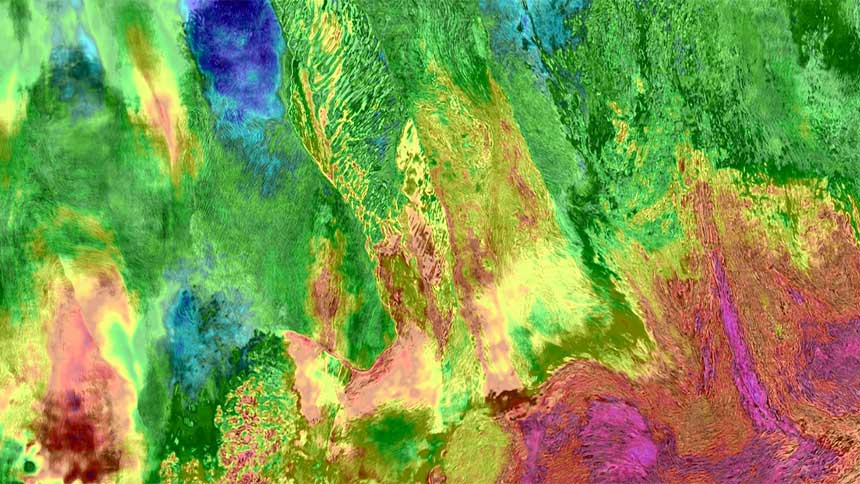Least-Squares Migration (LSM) treats seismic imaging as an inverse problem and can be implemented in a diverse range of ways. The common elements are that the output aims to provide an improved prestack depth migration (PSDM), and the velocity model is not updated during the process. When implemented using finite difference operators in an iterative workflow, LSM can be extended to imaging the full seismic wavefield.
In addition to improving the amplitude and spatial wavenumber content of seismic images, LSM is now being explored as a solution to compensate for different acquisition geometries and/or shooting directions in 4D projects, or as a possible solution to deliberately reduce the acquisition cost and effort.
Andrew presents the material in four sections:
- Reasons to consider Least-Squares Migration
- How Least-Squares Migration works
- Industry trends
- What’s next
Read the article in the PGS Technical Publications Library

Contact a PGS expert
If you have questions related to our business please send us an email.